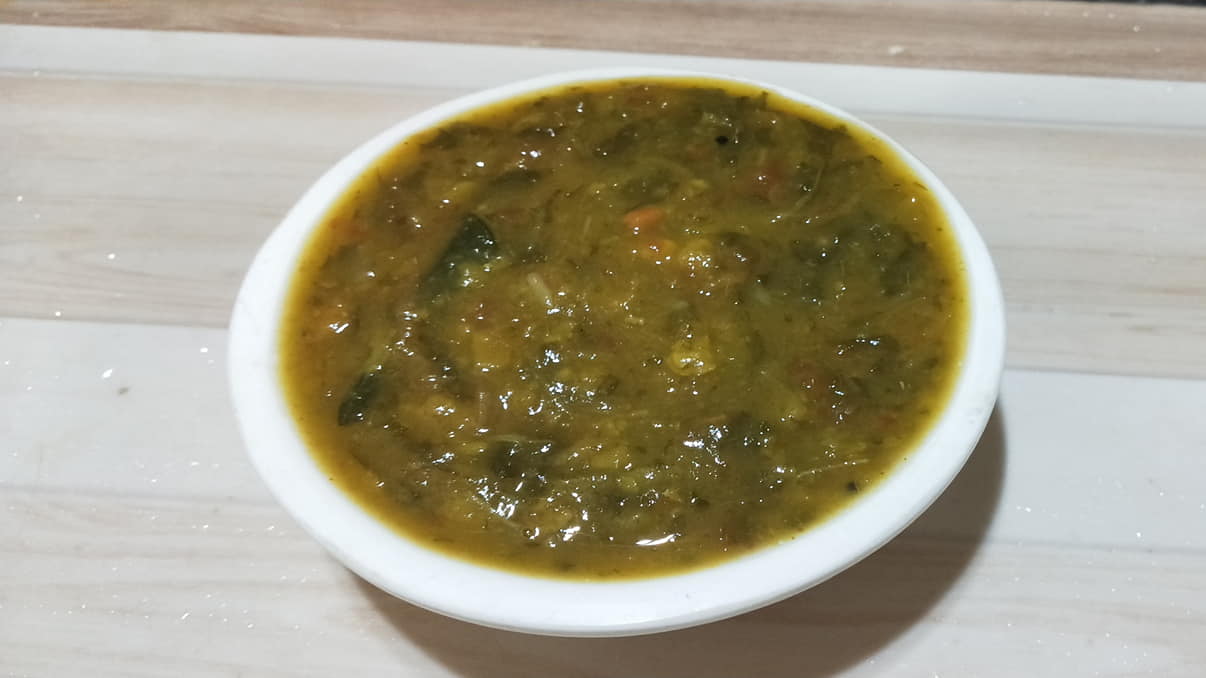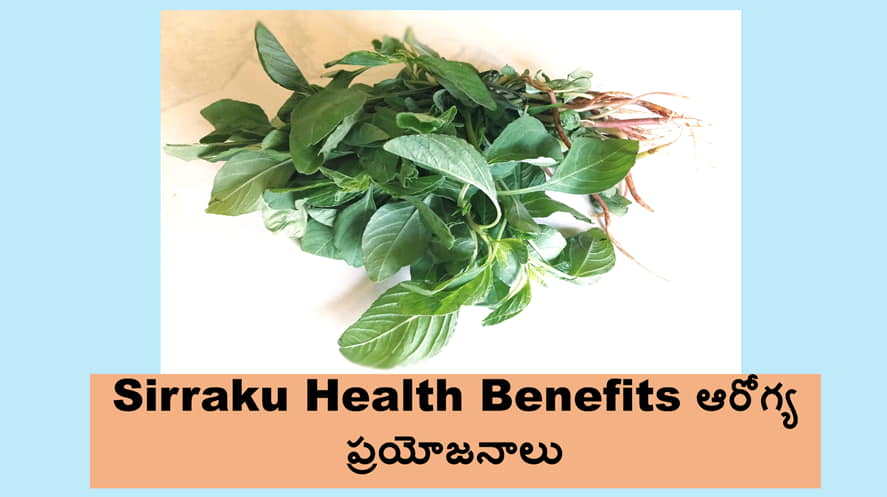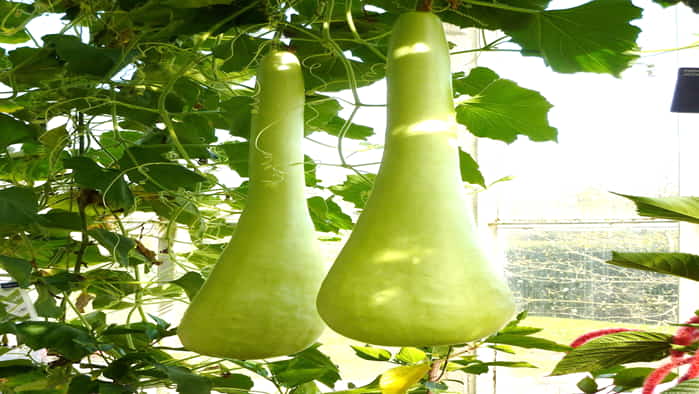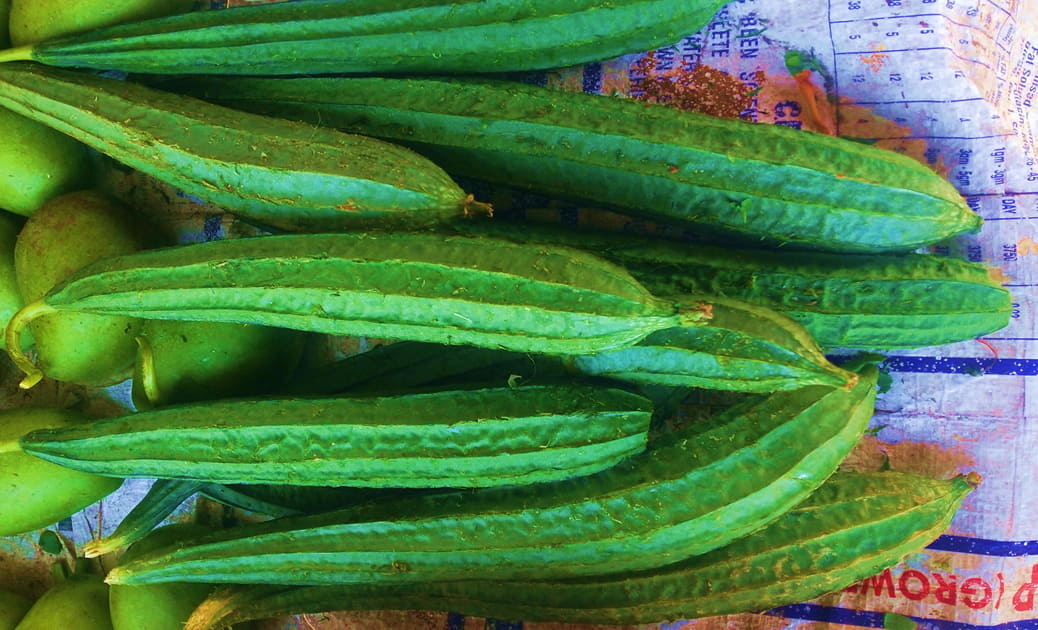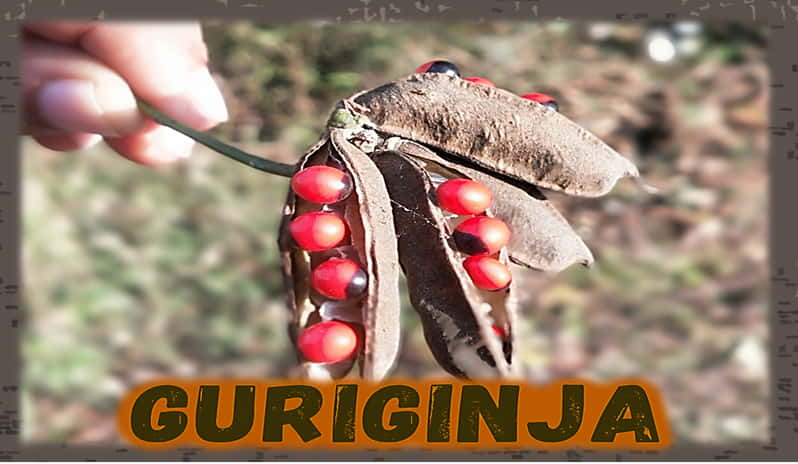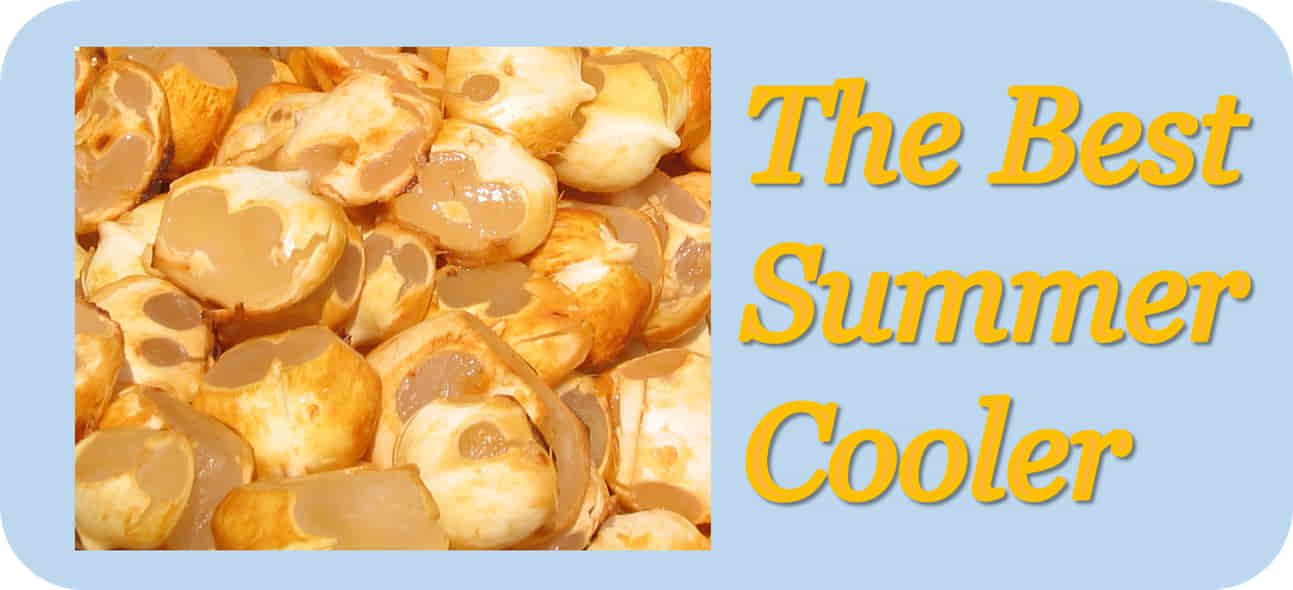Compared to what we have today, our ancestors only grew a few simple types of vegetables back then. Kowakai is one of them. It’s interesting to note that this plant was viewed as a weed by farmers because it was more common in soggy fields or agricultural fields. Therefore, without growing it in their fields, our ancestors used to obtain this vegetable. The plant’s leaves, in particular, have been used to treat wounds due to their medicinal properties. The word for the vegetable kovakkai in English can be found here, along with some very interesting kovakkai-related information.
Kovakkai in English
This plant has glabrous leaves and single tendrils, and it is a perennial climber. The five lobed leaves have dimensions of 6-8.5 cm in length and 6-8 cm in width.
- These fruits or vegetables have English names such as…..
- Ivy gourd
- Rashmato vegetable (American name)
- Scarlet gourd
- Pointed gourd
- Little gourd
- Small gourd
- Coccinia
- Baby watermelon
- Kovakkai
- Tindora
- Kowai fruit
- Pak Tamlueng
Buy Electric Vegetable Chopper Online
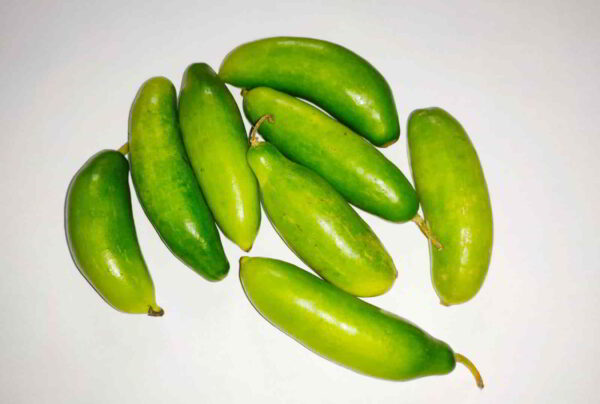
The scientific name for the ivy gourd (kovakkai)
The Ivy gourd’s scientific or botanical name is Coccinia grandis.
- Order: Cucurbitales
- Family: Cucurbitaceae
- Genus: Coccinia
Kovakkai names in Other Languages
- Bimbika in Sanskrit
- Tendli in Hindi
- Tondli in Marathi
- Dondakaya in Telugu
- Tonde Kayi in Kannada.
- Toruni in Bengali
- Manoli in Tulu
- Barela in Nepali
Uses of Kovakkai in English
- The advantages of raw ivy gourd leaves are the greatest.
- Ivy gourd has been shown in studies to be effective in treating kidney stones.
- Ivy gourd is also very good for the nervous and cardiovascular systems.
- The entire plant has the capacity to control elevated blood pressure in people.
- Consuming products from the ivy gourd plant is a common treatment for some respiratory conditions, including asthma.
- It aids in our recovery from problems brought on by fatigue.
- Diabetes and its associated issues can be effectively treated with juice from ivy gourd leaves or fruits.
- A significant amount of beta-carotene, which improves heart health, is present throughout the entire plant.
- The fruit of this plant eliminates bacteria and repairs skin tissue to treat skin conditions.
- Eating food that has been prepared with ivy gourd helps to relieve constipation and other digestive problems.
- The leaves of this plant are anti-inflammatory.
- Kovakkai fruit helps people avoid obesity and kidney stones.
- Consuming ivy-gourd plant materials reduces the development of cancer cells.
- Regular consumption of ivy guard curry accelerates metabolism.
Kovakkai curries types
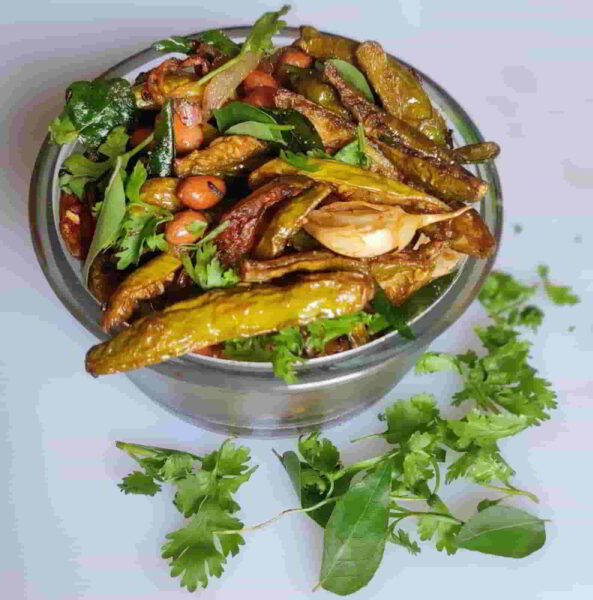
- Kovakkai masala fry
- Crispy Kovakkai fry
- Kovakkai Poriyal Recipe
- Kovakai Kootu
- Kovakkai Urulai Roast Recipe
- Carrot + Kovakkai subji
- Kovakkai and Onian mixed gravy
- Kovakkai Avial recipe
- Kovakkai + Tomato paste curry
- Kovakkai onion chatni
- Kovakkai Masala recipe
- Kovakkai sweet soup
- Kovakkai barada
- Tindora ulli pakora recipe.
- Kovakkai chatni
- Kovakkai pakoda
- Kovakkai bajji
- Kovakkai Varuval
- Kovakkai rasam
- Kovakkai dry fry
- Kovakkai masala with coconut paste.
- Kovakkai and peanut recipe

Some Facts about Ivy gourd (Kovakkai)
- Ivy gourd is a tropical plant, which means it thrives in warm, humid environments. As a result, it is widely distributed throughout Asia, Africa, and the Pacific Islands.
- It is a climbing vine with tuberous roots that produces fruit all year long.
- All plant parts have historically been valued as potential sources of curative substances in Ayurvedic medicine.
- For treating diabetes mellitus, constipation, and gonorrhea, the leaves and roots are frequently used in Indian Ayurveda medicine.
- The herb’s different parts, including the leaves, stems, and roots, have historically been used in some parts of the world to treat a wide range of conditions, including jaundice, allergies, burns, syphilis, fever, bronchitis, insect bites, eye infections, gonorrhea, and skin eruptions.
- The molecular mechanisms underlying this plant’s ability to lower blood sugar levels are still a mystery.
- It has reportedly been demonstrated that the root component also has anti-diabetic and weight-loss properties.
- According to some studies, this plant’s fruits have mild antimicrobial, antioxidant, and cell-proliferative properties.
- Along with naturally occurring carbohydrates, proteins, and vitamins, it may also contain other advantageous phytomolecules like Terpenoids, Steroids, Flavonoids, Saponins, Tannins, Cardiac Glycosides, Alkaloids, Phlobatannins, and Resins.
- Overall, only a small number of scientific studies supported the use of this plant in the development of herbal medications for the treatment and management of diabetes mellitus and its associated diseases.
Kovakkai Plant Farming Tips
Warm climates are ideal for the large propagation of the Kovakkai plants.
Always take into account the humid environment to successfully establish this plant because a humid environment is beneficial for its general growth.
Extreme weather conditions, such as frequently heavy rain, bitterly cold temperatures, and frost, will prevent it from surviving, though.
It’s interesting to note that once it has a strong foothold in advantageous soil or conditions, it may take advantage of them and thrive there for an extended period of time.
There are two ways to reproduce ivy gourds: seeds and cuttings (also known as vegetative propagation).
Ivy gourd seeds should be sown in a cool climate in the spring and summer when the weather is warm.
Ivy guard seed germination is best at temperatures between 20 and 30 degrees centigrade.
The simple process of vegetative propagation ensures that your ivy gourd will produce fruit at a significant level when compared to the plants propagated by seeds.
As a result, this method of propagation has become more common, particularly in agricultural fields.
Simply cut a healthy, six to eight-inch-long semi-hardwood cutting from the stem of the self-fertile plant.
You should choose plant cuttings that are robust and well-trimmed. Following that, the cutting ought to be planted in soil that has been fertilized with some cow dung or vermicompost.
Water it often because ivy gourds prefer moist soil to dry soil. Maintain an even moisture level in the soil when it’s hot or windy outside, or when the plant is young.
If a climbing stake, frame, or pole is not immediately erected after planting, the plant will eventually make its way there on its own, trample one of your favorite shrubs, or cover the nearby plants, making you feel as though it is a weed.
Additionally, if you don’t cut the vine back as it grows longer, it may become enormously tall.
Ivy gourds are typically hardy climbing plants that are unaffected by harmful pests or diseases.
However, because they are opportunistic pests, always keep an eye out for the presence of common garden pests like aphids, whiteflies, mites, and thrips. They can infect any kind of plant if they experience favorable conditions.
To get rid of the pests, you can also try using pesticides or some natural remedies if the infestation is severe enough.
If you found this article helpful, you can read our other articles given below.

